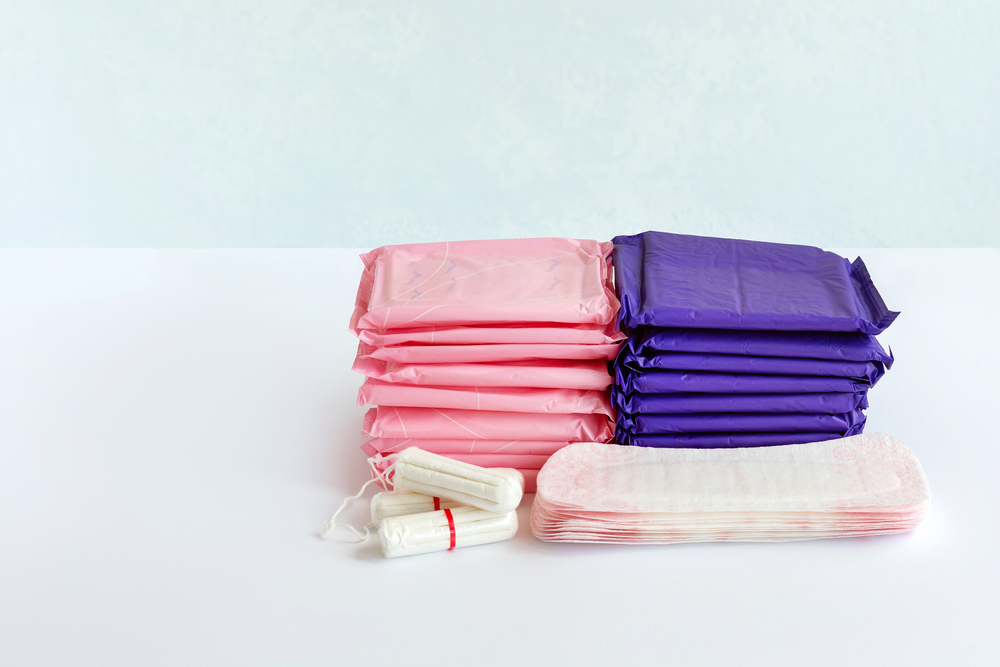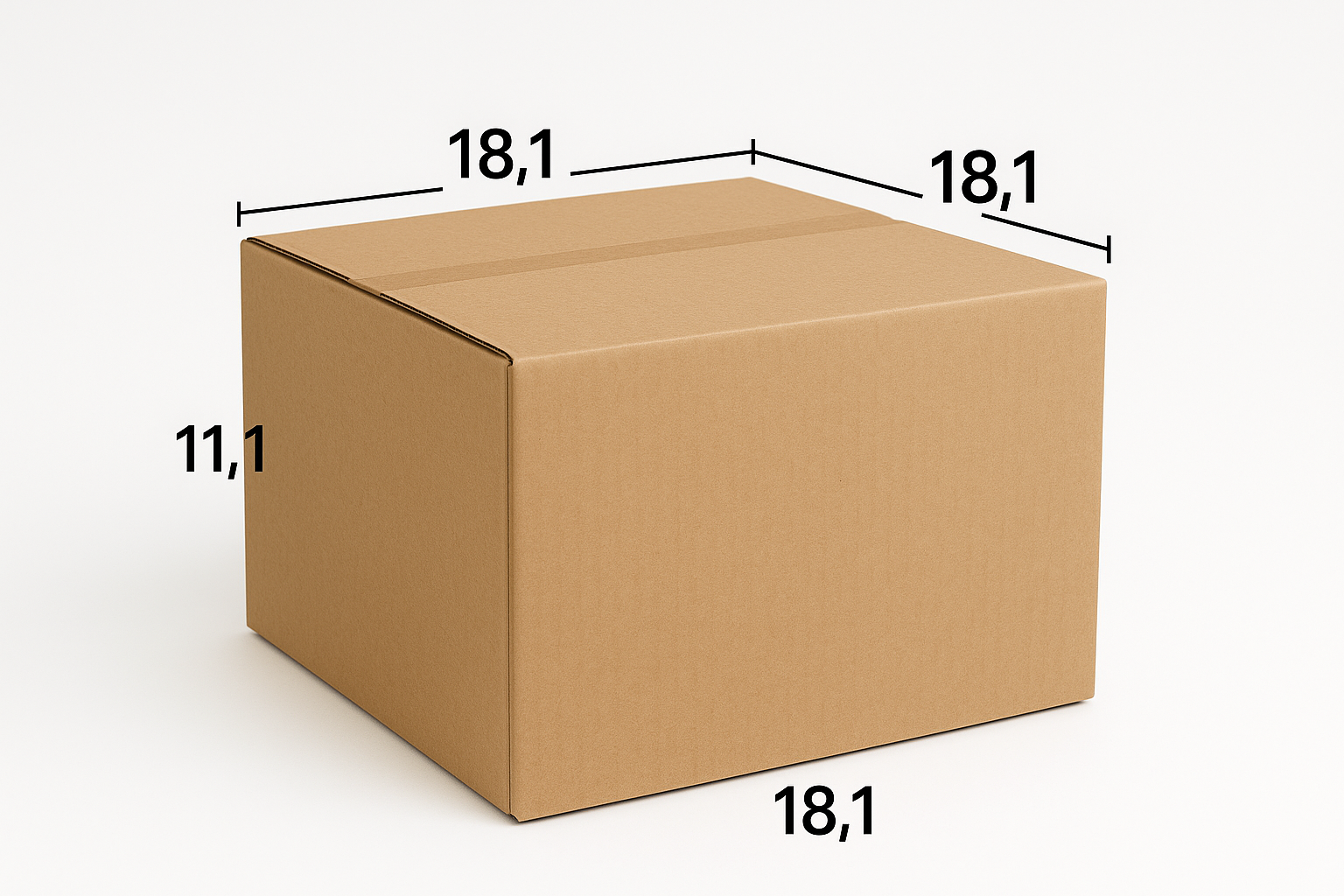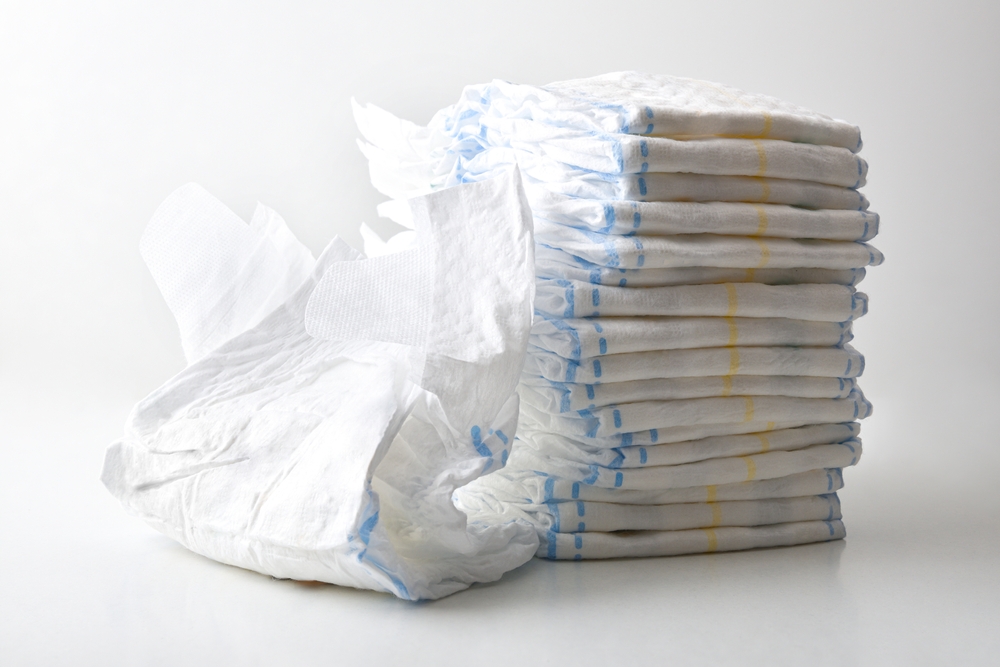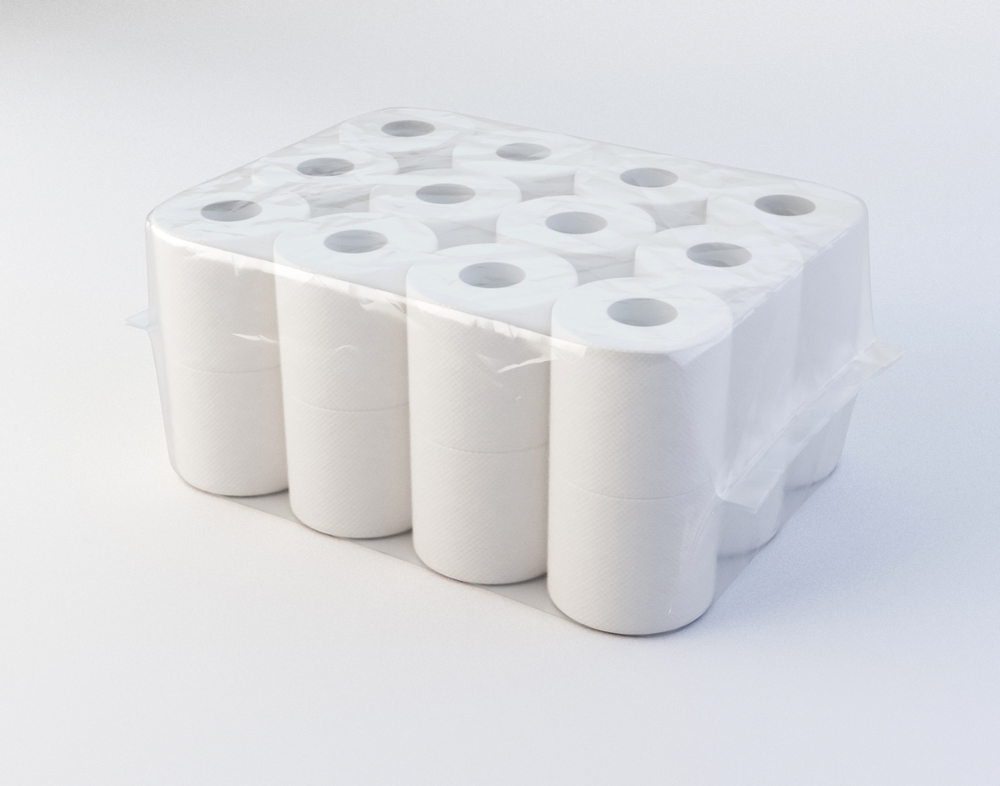FedEx and UPS now round every fractional inch up before they calculate DIM weight. The change (effective August 18, 2025) sounds minor, but it quietly pushes many packages into higher billed-weight tiers. A real box that measures 11.1″ × 8.5″ × 6.2″ is now treated as 12″ × 9″ × 7″. Those extra tenths become extra cubic inches—and extra dollars. Jay Group offers solutions to help clients mitigate these increased costs through precise measurement, packaging optimization, carrier mix adjustments, and data-driven shipping oversight.
Summary:
FedEx and UPS have introduced a new DIM rounding rule effective August 18, 2025, which rounds up every fractional inch in package dimensions before calculating dimensional weight, leading to higher billed weights and increased shipping costs. Jay Group offers solutions to help clients mitigate these increased costs through precise measurement, packaging optimization, carrier mix adjustments, and data-driven shipping oversight.
- DIM rounding rule impact: Fractional inches in package dimensions are rounded up to the next whole inch, increasing cubic volume and pushing packages into higher billed-weight tiers, raising shipping expenses.
- Dimensional weight explained: Dimensional weight measures package volume relative to actual weight to fairly assess shipping costs, calculated by multiplying length, width, and height and dividing by a dimensional factor (e.g., 139 for FedEx, 166 for UPS).
- Jay Group’s impact analysis: Onsite analysts model clients’ top SKUs with new rounding rules and carrier surcharge logic to quantify cost impacts and provide clear before-and-after comparisons.
- Precision measurement and data integration: Jay Group uses Cubiscan machines to capture exact package dimensions on arrival, pushing accurate data to shipping software and client portals to eliminate chargebacks and enhance packaging accuracy.
- Packaging optimization strategies: The company selects packaging that minimizes bulk and weight while protecting products, using sustainable materials and techniques to reduce dimensional weight charges.
- Carrier mix and network optimization: Jay Group reviews carrier rules and rebalances carrier portfolios to avoid penalties, leveraging a bi-coastal network to reduce shipping zones and related costs.
- Continuous shipping spend oversight: Data analytics monitor shipping costs to detect deviations, triggering proactive reviews by account management to prevent overruns.
- Products sensitive to DIM rounding: Packaged diapers, toilet paper, and tampons are highlighted as products particularly affected by dimensional weight increases due to their volume-to-weight ratios and packaging characteristics.

What is Dimensional Weight (DIM)?
In order to understand the new rounding rules imposed by FedEx and UPS, you first must understand what dimensional weights are and how they are calculated.
Dimensional weight definition:
Dimensional weight measures the space a package occupies relative to its actual weight to assess shipping costs fairly.
Purpose in shipping:
Carriers use dimensional weight to avoid low pricing for large, lightweight packages, ensuring balanced logistics and costs.
Dimensional weight formula:
Dimensional weight is calculated by multiplying length, width, and height then dividing by a dimensional factor.
Dimensional factors:
Common dimensional factors for UPS Retail Rates are 166 and 139 for FedEx used to convert volume to weight.
Dimensional weight helps carriers standardize shipping costs by estimating package weight from volume.

What is the DIM Rounding Rule—and Why It Bites?
Dimensional (DIM) weight prices a parcel by the space it occupies as well as its scale weight. Carriers compute a volumetric weight from the box size and charge the greater of actual weight vs. DIM weight.
Formula (U.S. inches):
DIM weight (lb) = [(Length × Width × Height) ÷ divisor]
As of August 18, 2025, any fractional measurement of length, width, or height is rounded up to the next whole inch before applying the formula.
Example: 11.1″ → 12″, 8.01″ → 9″.
This increases the cubic volume used in the calculation, which can raise the billed weight and push more shipments over dimension-based surcharge thresholds (e.g., >48″ longest side, >30″ second-longest side). The usual post-calculation step still applies: after DIM is computed, billed weight is rounded up to the next whole pound.
Six Ways Jay Group Helps Clients Mitigate DIM Rounding Rule
We quantify the impact of DIM rounding rule—fast.
The rule hits light or bulky parcels hardest, but the effect varies by SKU mix, packaging, and service.
Jay Group’s onsite business analysts start by modeling your top SKUs with the new rounding behavior, your current DIM divisors (e.g., 139/166), and each carrier’s surcharge logic. You get a clear “before vs. after” picture instead of guesswork.
Reach out today for a Free Shipping Analysis (submit the webform below the article).
We measure precisely —and right-size in real time.
Every item is scanned upon arrival at our warehouse for precise data. Jay Group uses carton master data collected using our Cubiscan machines. These machines capture unit, case, and inner pack master data upon arrival at our warehouses to better store, package and ship your product. Eliminating carrier chargebacks by pushing length, width, height, and weight data directly to our shipping software and to our client portal for direct visibility and monitoring by our clients and Account Management team.
Data integration supports packaging optimization and cost reduction. Real-time measurement updates enhance inventory management and outbound packaging accuracy.
We provide packaging optimization strategies to reduce dimensional weight charges.
Jay Group selects packaging that protects products while minimizing bulk and weight. Analyzing package dimensions to minimize unused space and reduce volume. Through the use of wet paper banding, 100% recyclable paper strapping, autobagger machines and overboxing techniques, Jay Group balances waste, spend and sustainable initiatives to meet all our clients packaging requirements.
We revisit carrier mix
If thresholds or surcharges are driving outsized costs, we review carrier rules and rebalance the carrier mix so you’re not paying penalties or extra charges you can reasonably avoid. Being sure to balance service quality with shipping cost savings.
We leverage data analytics to optimize carrier selection. With a portfolio of parcel carrier options, Jay Group can identify cost-effective alternatives to high-cost carriers. Including DHL eCommerce, Amazon Parcel, GLS, OSM, Ontrac, Lasership, UPS, Passport, USPS and more.
We leverage our bi-coastal network to reduce zones.
When profile and promise allow, we ship from PA & NV to shorten zones and soften DIM inflation. Fewer zones, smarter cartons, and verified measurements add up to tangible, trackable savings.
We track data and technology for shipping oversight.
Jay Group integrates data analytics to monitor shipping spend continuously. Significant deviations trigger alerts to Account Management team members and proactive review prevents cost overruns and shipping inconsistencies.
DIM rounding turned tenths of an inch into real money. Jay Group’s approach—CubiScan 100 precision, data-driven cartonization, and smart network/carrier choices—keeps those tenths on your side of the ledger.
Three Products That Need to Pay Attention to DIM rounding rules
DIM Rounding Rules Examples: Packaged Diapers
Packaged diapers occupy significant space compared to their light actual weight, affecting storage and shipping volume. The soft, airy materials used in diapers contribute to their lightweight feel but increase dimensional weight in transit.
DIM Rounding Rules Examples: Toilet Paper
Toilet paper packages are bulky but lightweight, increasing dimensional weight. Large package volume impacts shipping costs based on space rather than weight. Optimizing roll size and packaging can reduce dimensional weight charges.

DIM Rounding Rules Examples: Tampons
Tampon packages are compact but may have air space increasing dimensional weight. Small but tall boxes can cause higher dimensional weight fees but are usually offset by other rules factored by carriers. Packaging design adjustments can help balance protection and shipping costs.
 Calculating Dimensional Weight for a Diaper Box using the Rounding Rules from FedEx and UPS
Calculating Dimensional Weight for a Diaper Box using the Rounding Rules from FedEx and UPS
Step 1: Measure Box Dimensions
Accurately measure the length, width, and height of the diaper box for dimensional weight calculation.
Example: Box Size: 18.1 x 18.1 x 11.1
Step 2: Apply the Rounding Rule to each fractional inch
Use the measured dimensions from Step 1 and round any fractional inch up to the next whole inch
Rounding Rule: 19 x 19 x 12
Step 3: Apply Dimensional Weight Formula
Use the measured dimensions rounded up in Step 2, in the dimensional weight formula to calculate the box’s volumetric weight.
Example:
DIM Factor: 166
DIM Formula: L x W x H / DIM Factor
DIM Weight: 19 x 19 x 12 / 166 = 26 lbs
Step 4: Compare Actual and Dimensional Weight
Dimensional weight often exceeds actual weight for diaper packages due to box volume, impacting shipping costs. Shipping charges are based on the higher value between dimensional weight and actual weight to ensure fairness.
Example:
Actual Scale Weight: 17 lbs
Dimensional Weight: 26 lbs
Shipment Rated Weight: 26 lbs
In this example, a diaper box with an actual weight of 17 lbs will ship at its dimensional weight of 26 lbs because the dimensional weight is greater. The impact of the round up rules imposed by FedEx and UPS increased the dimensional weight of the diapers 4 lbs. That’s a significant increase in shipping costs.

FAQ
What is the new DIM Rounding Rule from FedEx and UPS?
FedEx and UPS now round up every fractional inch in package dimensions before calculating dimensional (DIM) weight. For example, an 11.1″ × 8.5″ × 6.2″ package becomes 12″ × 9″ × 7″—dramatically increasing billed weight and costs.
Why does DIM rule matter to shippers?
Because billing is based on the greater of actual vs. DIM weight, rounding each dimension up increases cubic volume and pushes more shipments into higher weight tiers—raising shipping spend even if volume stays the same.
How can Jay Group help mitigate these increased costs?
Jay Group helps clients by implementing precise measurement, optimized packaging configurations, smart carrier mix decisions, and data-driven shipping oversight, delivering tailored strategies to protect margins.
What is DIM weight and how is it calculated?
Dimensional weight values space used by a parcel, not just its mass. It’s calculated as (Length × Width × Height) ÷ DIM Divisor (e.g., 139 for FedEx, 166 for UPS). The billed weight is the higher of actual vs. DIM.
What’s the impact of rounding on real-world packages?
Even a minor dimension increase can trigger weight jumps—e.g., from ~5 lb to ~6 lb—which can also push packages into surcharge thresholds like oversized or additional handling fees.
Is the billing process still rounded after calculating DIM weight?
Yes. After DIM weight is computed (based on rounded-up dimensions), carriers still round up to the next whole pound before determining if it’s higher than the actual weight.
What strategies can help reduce DIM-related surcharges?
Best practices include using right-sized cartons, calibrating measurement tools, optimizing carton selection via WMS/OMS (called “cartonization”), and monitoring SKU-level DIM data to adjust shipping strategies proactively.
How quickly should shippers act on this change?
Swift action is critical—start by auditing recent shipments, identifying items near whole-inch thresholds, and modeling impacts on cost before the new rule takes effect (or immediately after), especially ahead of peak shipping seasons.
Can negotiating DIM divisors help?
Yes—shippers may renegotiate with carriers for more favorable divisors or surcharges, especially if armed with data showing financial impact from the rounding rule.
Does this rule apply to international shipments?
Yes, the same concept applies globally: fractional measurements are rounded up before DIM calculation, though divisors and surcharges may differ by region.


